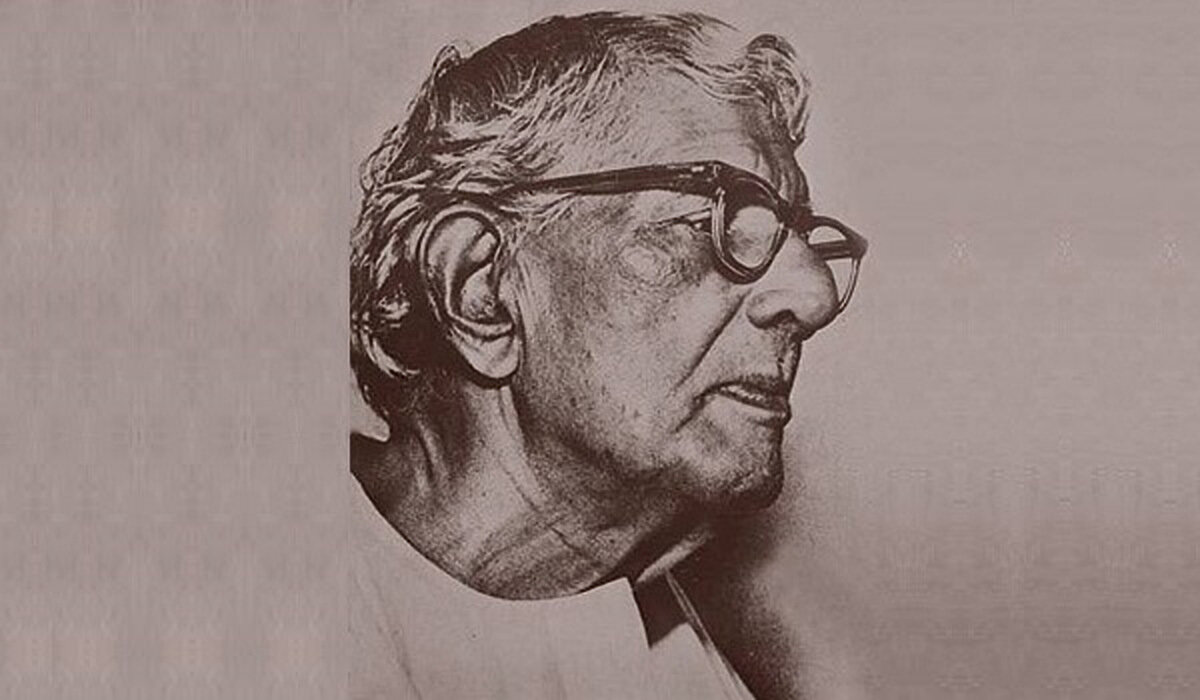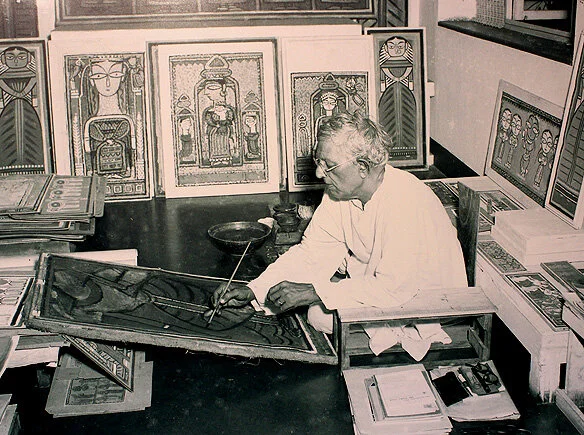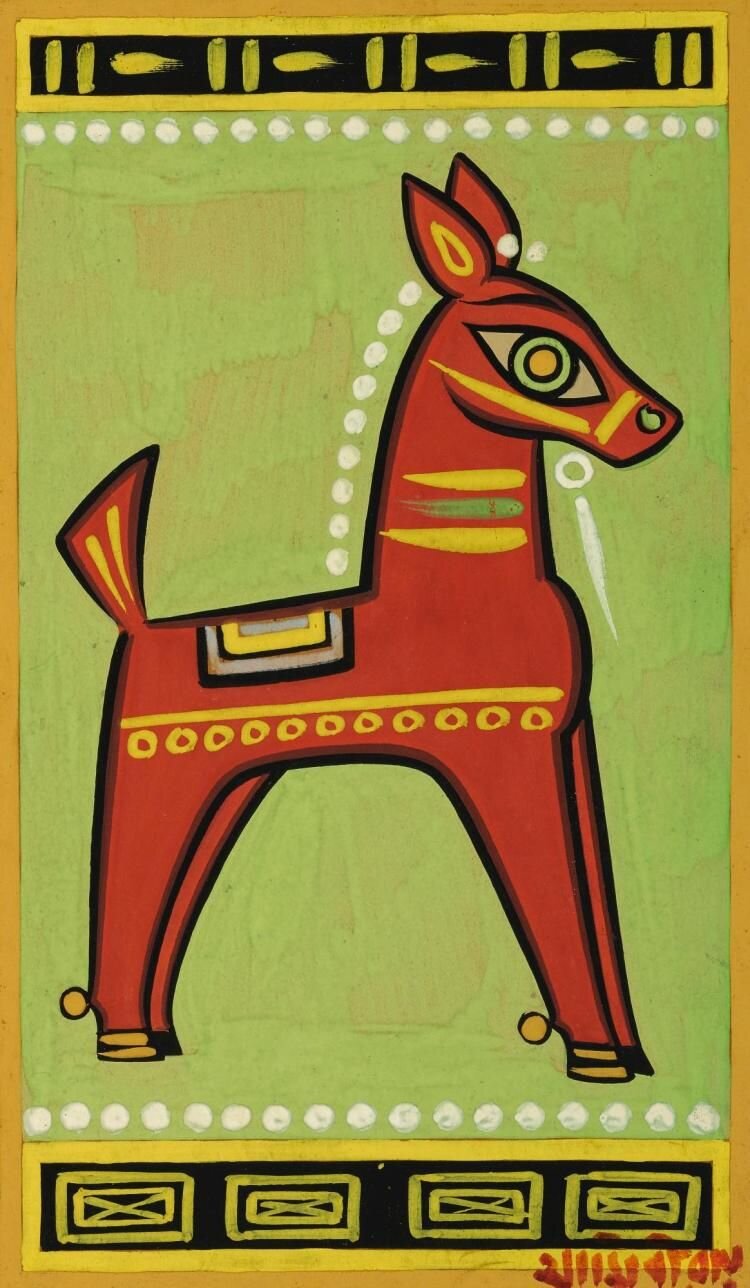Jamini Roy: An emergence of Modern Art in India
Fusion has always worked its charm and been the way forward to an incandescent future. Breaking the prejudice! Such was Jamini Roy’s recreation of folk art. Born in the 19th century, when Mughals were no longer the driving force behind Indian art and photography reached India soon after its invention in Europe, he came to be addressed by the Bengal's left-wing cultural elites as one of the most creative and avant-garde of Indian painters.
Jamini left his village when he was only 16 years old to enrol himself at the Government College of Art in Calcutta (now Kolkata). He was a pupil of Abanindranath Tagore, who was the vice principal of the college. Roy learned about the Western-Classical style of painting as per the prevailing academic tradition in the 1900s. However, he found his calling in the simplicity of the paintings outside the Kalighat temple, and gave up on modern art and stuck to his roots. He just knew that he had to bring back the glory of Indian art through simplification and portrayal of the lives of common people and peasants living in Colonial India.
He was subjected to furious controversies because of his painting. Few critics even called his paintings as “Childish drawings coming from India’s most successful portrait painter”. Roy however, was very determined to make his work elementary and within the budget of people who ordinarily would not be able to afford paintings for their homes. The combination of these determinants made him, “India’s true people’s artist”. He successfully established a unique approach to Indian art, quite different from that of the Bengal School and made it popular single-handedly.
Jamini Roy developed a bold and illustrative style by attuning to the traditions of local and indigenous folk and tribal. One of his paintings, “Drummer with Santhals”, is a perfect example of the first impression he had during his encounter with the Santhals as a child. The absorption of folk tradition revived the adrift cultural ties that worked as a remedy to the prevalent colonial capitalism.
Works such as “Gopini”, “Pujarin”, “Three Women”, and “Seated Woman” depicts the sensual and feminine style of his paintings. One can feel the nurturance, sensitivity, warmth, passivity and expressiveness of a female through them.
Through colours and forms, one can find his art very mystifying and profoundly human. He not only impregnated his art with cultural traditions but also apotheosized them with spiritualism and religious practices. His artwork like “Ganesha”, “Ganesh Janini”, “Krishna and Cows” and “Balakrishna” are pretty ethereal.
The art of Jamini Roy does not limit itself to India only. He was compared with the contemporary European artists like Leger and Matisse, resulting in the expansion of outlook of Indian art at the international stage during the late 1930s. He was known for his artwork “Jesus”, “Madonna and Child” and “Christ and the Cross” which were a combination of Occidentalism and Orientalism.
Roy sought to give up his elite status as an artist and set up a workshop where artists can create art collaboratively. He amassed success and appreciation throughout his career around the world and received the Padma Bhushan award from the Government of India in 1954. He is the first elected fellow of the Lalit Kala Academy in 1956, honoured for the fine arts in India for his lifetime achievement in the field of visual arts. His works can be found in the Victoria and Albert Museum in London, the Harn Museum of Art in Gainesville, Florida, and the National Gallery of Modern Art in New Delhi. He died at the age of 85 in Calcutta in 1972 as a renowned and revolutionary artist.
















